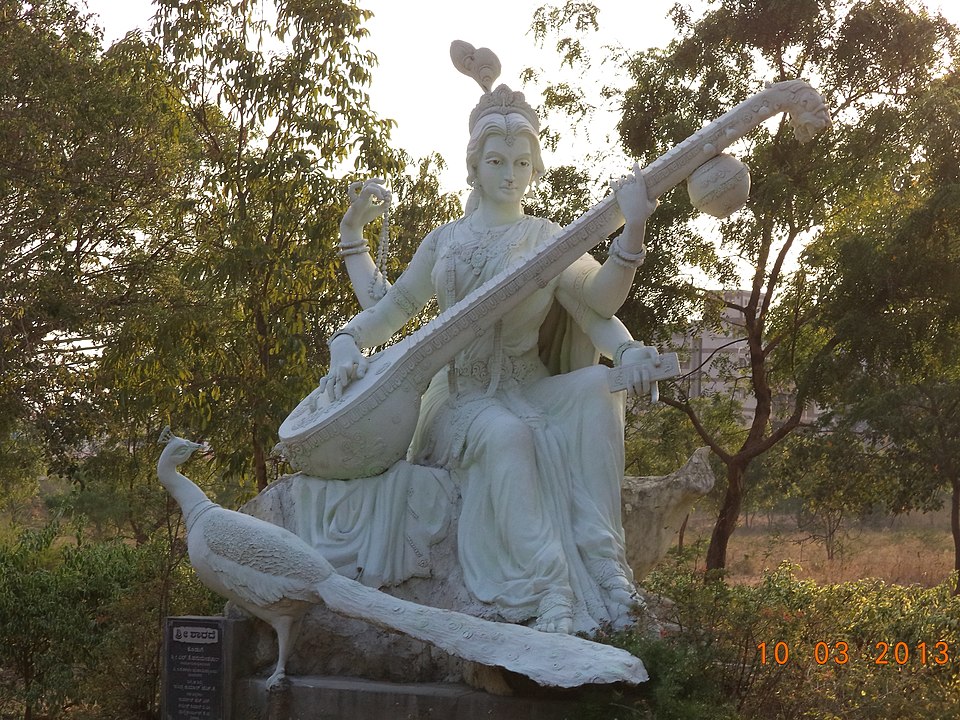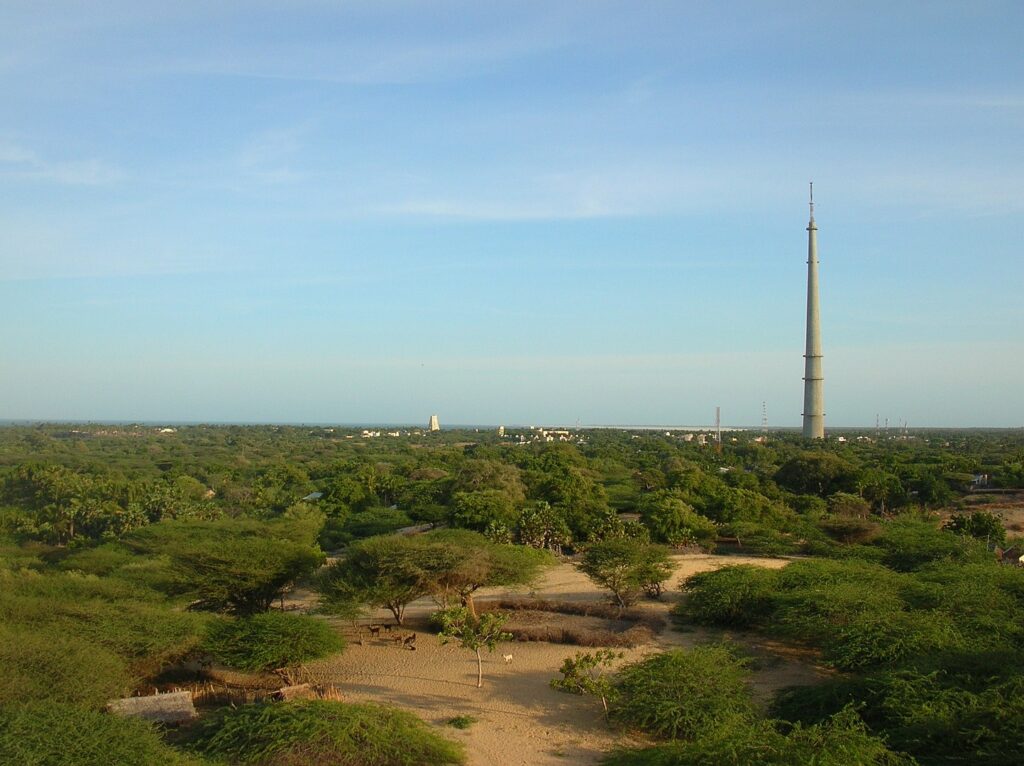
Table of Contents (The Complete Mahabharata in Simple English)
Previous Post: Garuda Takes a Detour to Protect the Valakhilya Rishis
| Note: In the previous post, we read how Garuda went in search of a place where he could put the massive elephant and tortoise to eat them. Invited by a huge banian tree, he tried sitting on its branch, but the branch broke with his weight. Garuda immediately caught the branch with its beak because it was home to tiny Valakhilya Rishis who were hanging upside down performing ascetic penances. In his attempt to understand how to ensure the rishis’ safety, Garuda reached Mount Gandhamadana, where his father, Sage Kasyapa, was engaged in ascetic practices. In this post, we will read about how Sage Kasyapa guided Garuda and the Valakhilya Rishis. |
As Garuda approached Mount Gandhamadana, he looked like a huge mountain filled with divine splendor. This noble bird, who could fly with the speed of the wind or even the mind, possessed immense strength. He was invincible. No human, deva, or danava could defeat him in battle. Even the invincible rakshasas were incapable of defeating him. He looked frightful like Agni himself, and indeed, he was capable of splitting mountain peaks, sucking up all the water from the great oceans, and even destroying the three worlds.
Sage Kasyapa, who was performing ascetic devotions on the mountain, also saw his son. The great sage immediately noticed the Valakhilya Rishis hanging on the branch that Garuda held in his beak.
“Be careful, my child,” the sage cautioned his son. “These Valakhilya Rishis, who sustain themselves with the rays of the sun, have acquired great powers through their ascetic penances. When angered, they are capable of blasting anything, including you.”
Kasyapa turned to the Valakhilya Rishis, whose sins had been burnt away through ascetic penances, and propitiated them to help Garuda. He said, “O great ones whose wealth is asceticism, the work Garuda is doing right now is for the good of all creatures. This task is immensely difficult, therefore, it is fitting that you give him your permission.”
When the Valakhilya Rishis heard Sage Kasyapa’s words, they immediately left the branch and went to the sacred Himavat mountains to continue their penances.
After the rishis had left, Garuda spoke to his father, with the huge branch still in his beak. “O illustrious one, where shall I throw this branch? Please recommend a place that doesn’t have any human beings.”
Kasyapa directed Garuda to a snow-clad mountain, that was incapable of being approached by ordinary creatures and asked him to throw the branch there.
The mountain indicated by Sage Kasyapa was hundreds of thousands of yojanas away, yet, Garuda, still holding the huge branch, elephant, and tortoise, reached it within a few moments. As Garuda flew over the mountain, the flapping of his wings created such a storm that the entire mountain shook. All the trees swayed violently dropping their flowers to the ground. The peak of the mountain was filled with gold and jewels. When the mountain shook, the gold and precious stones started tumbling down the slopes.
Finally, Garuda released the branch, whose circumference was so huge that even a thousand cow hides were less to tie it. When that branch fell on the mountain it took down several trees that bore golden flowers and had trunks covered with bright mountain metal.
After dropping the branch, Garuda sat on the mountain peak to eat the elephant and the tortoise. Once his meal was over and hunger satisfied, he flapped his wings once again and flew with great speed towards the abode of the gods to take the amrit.
| Note: In the next post, we will read about the strange omens that appeared in Indra’s abode when Garuda flew to accomplish his mission. |
Table of Contents (The Complete Mahabharata in Simple English)
Next Post: Garuda’s Mission Causes Disturbing Omens in Heaven

